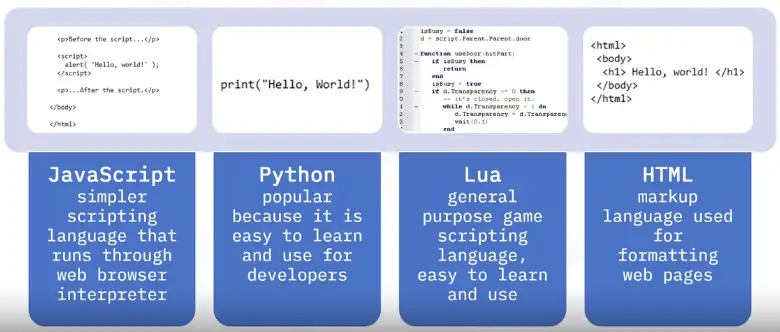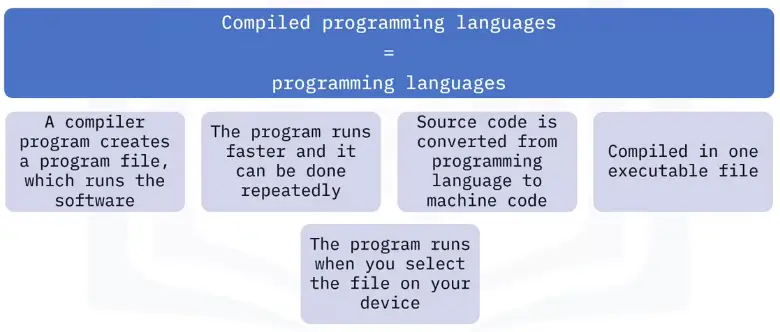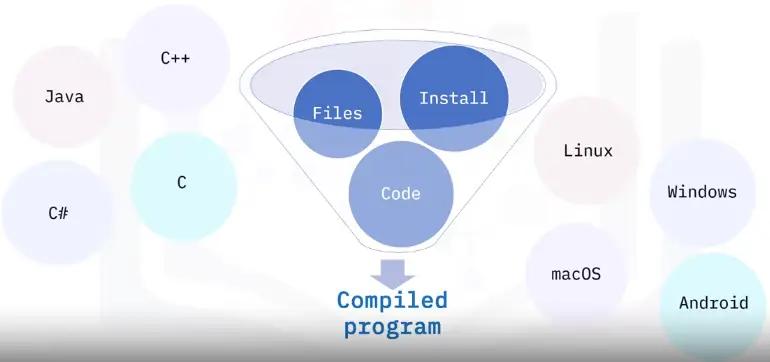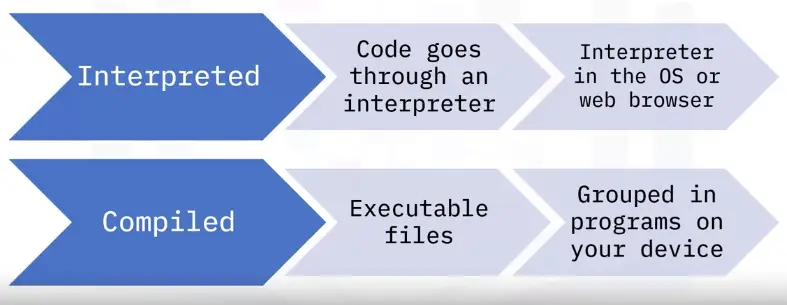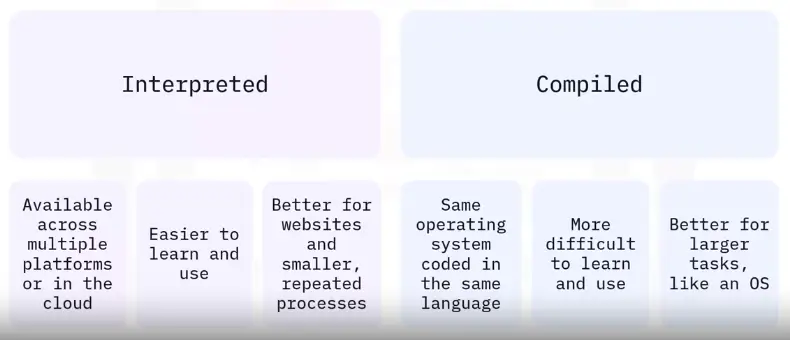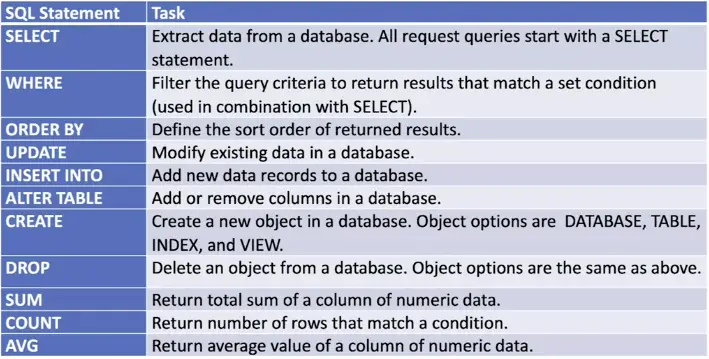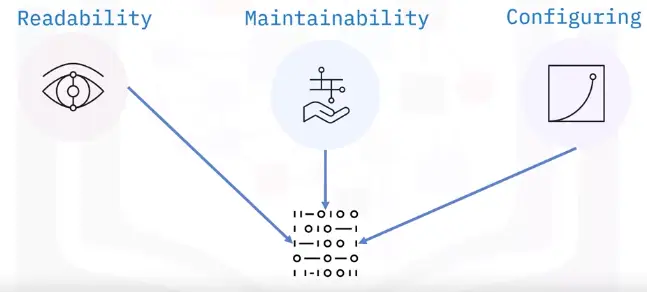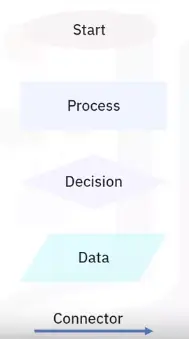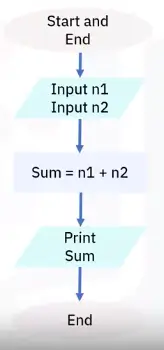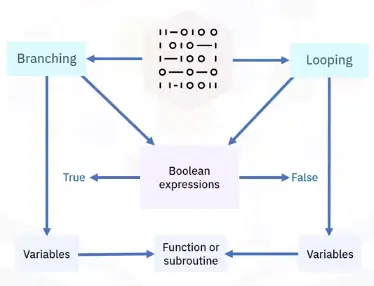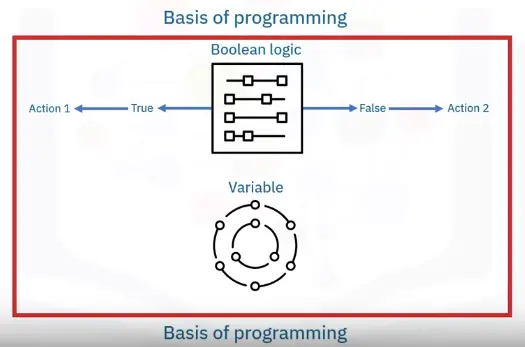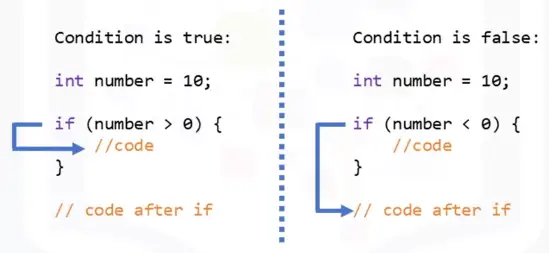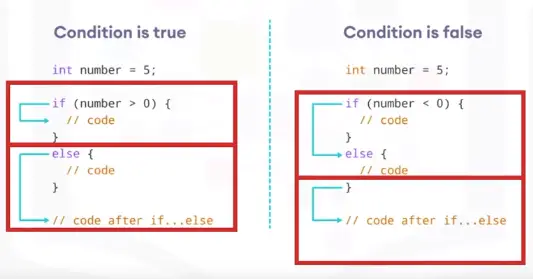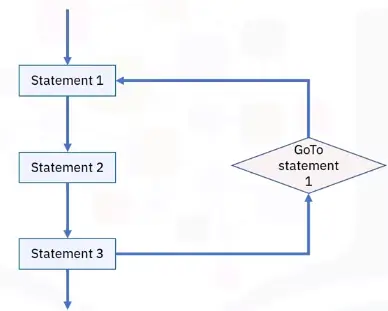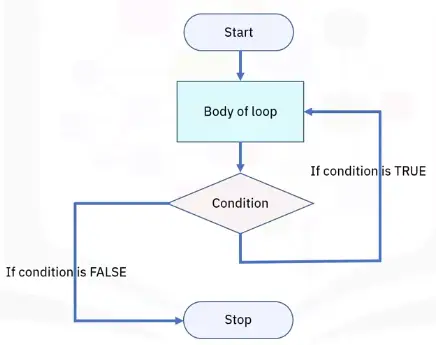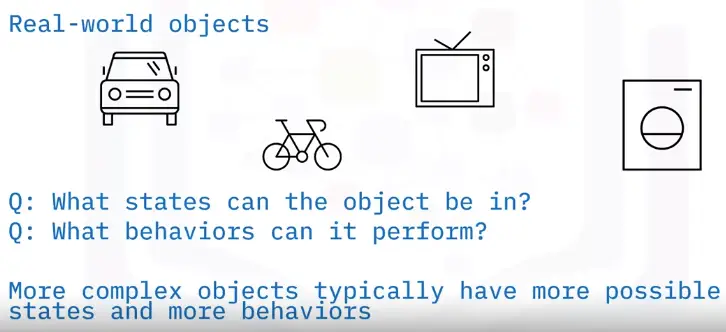Basics of Programming
Interpreted and Compiled Programming Languages
Programming Languages
- Common programming languages categories:
- Interpreted
- Compiled
- Many programming languages are compiled and interpreted
- The developer determines which languages is best suited for the project
Interpreted programming
- Some interpreted programming languages are outdated
- Some are more versatile and easier to learn languages
- Interpreted programming languages need an interpreter to translate the source code
- Translators are built into the browser or require a program on your computer to interpret the code
Interpreted programming examples
Compiled programming
-
Programs that you run on your computer
-
Packaged or compiled into one file
-
Usually larger programs
-
Used to help solve more challenging problems, like interpreting source code
Examples
Examples of compiled programming languages are:
- C, C++ and C# are used in many operating systems, like Microsoft. Windows, Apple macOS, and Linux
- Java works well across platforms, like the Android OS
Compiled programming
Comparing Compiled and Interpreted Programming Languages
Choosing a programming language
Developers determine what programming language is best to use depending on:
- What they are most experienced with and trust
- What is best for their users
- What is the most efficient to use
Programming Languages
Interpreted Programming Languages
- Also called script code or scripting, used to automate tasks
- Interpreter programs read and execute the source code line by line
- The source code need to be executed each time
- Runs on almost any OS with the right interpreter
Compiled programming languages
- Also called programming languages
- Used for more complex programs that complete larger tasks
- Larger programs installed on the computer or device
- Longer time to write the code but runs faster
- Grouped into one downloadable file
Interpreted vs. compiled
Programming Language examples
C, C++, C#:
-
Compiled programming language
-
C is the original language, C++ and C# are variations
-
Case sensitive
-
Basis for Windows and many operating systems
-
Takes more time to learn and use for coding but requires less memory and code runs faster
Java:
-
Compiled programming language
-
Case-sensitive, object-oriented programming language
-
Requires Java Virtual Machine (JVM) to run the code
-
Programming language for Android OS
-
Cross-platform language that runs the same code on macOS, Windows and Linux
Python:
-
Interpreted programming language
-
Scripting language
-
General-use, case-sensitive
-
Used with Windows, macOS, and Linux OSes and with server-side web app code
-
Requires Python engine to interpret code
JavaScript:
-
Interpreted
-
Scripting language that runs on client side web browsers
-
Case insensitive
-
Simple scripts are run with HTML
-
Complex scripts are run in separate files
-
Not to be confused with Java, the compiled programming language
HTML:
-
Interpreted
-
HyperText Markup Language
-
Mostly case-insensitive
-
Uses tags to format web pages on client-side web browsers
Query and Assembly Programming Languages
Programming language levels
- High-level programming languages
- More sophisticated
- Use common English
- SQL, Pascal, Python
- Low-level programming languages
- Use simple symbols to represent machine code
- ARM, MIPS, X86
Query languages
- A query is a request for information from a database
- The database searches its tables for information requested and returns results
- Important that both the user application making the query and the database handling the query are speaking the same language
- Writing a query means using predefined and understandable instructions to make the request to a database
- Achieved using programmatic code (query language/database query language)
- Most prevalent database query language is SQL
- Other query languages available:
- AQL, CQL, Datalog, and DMX
SQL vs. NoSQL
- NoSQL (not only SQL)
- Key difference is data structures
- SQL databases:
- Relational
- Use structured, predefined schemas
- NoSQL databases:
- Non-relational
- Dynamic schemas for unstructured data
How does a query language work?
Query language is predominantly used to:
-
Request data from a database
-
Create, read, update, and delete data in a database (CRUD)
-
Database consists of structured tables with multiple rows and columns of data
When a user performs a query, the database:
- Retrieves data from the table
- Arranges data into some sort of order
- Returns and prevents query results
Query statements
- Database queries are either:
- Select commands
- Action commands (CREATE, INSERT, UPDATE)
- More common to use the term “statement”
- Select queries request data from a database
- Action queries manipulate data in a database
Common query statements
Query statement examples
- SELECT * FROM suppliers;
- SELECT name FROM suppliers, WHERE name = ‘Mike’;
- CREATE DATABASE products;
- DROP TABLE suppliers;
- ALTER TABLE suppliers;
- DROP COLUMN firstname;
- SELECT AVG(purchases);
- FROM suppliers;
Assembly languages
- Less sophisticated than query languages, structured programming languages, and OOP languages
- Uses simple symbols to represent 0s and 1s
- Closely tied to CPU architecture
- Each CPU type has its own assembly language
Assembly language syntax
- Simple readable format
- Entered one line at a time
- One statement per line
{label} mnemonic {operand list} {;comment}
mov TOTAL, 212 ;Transfer the value 212 in the memory variable TOTAL
Assemblers
-
Assembly languages are translated using an assembler instead of a compiler or interpreter
-
One statement translates into just one machine code instruction
-
Opposite to high-level languages where one statement can be translated into multiple machine code instructions
Translate using mnemonics:
-
Input (INP), Output (OUT), Load (LDA), Store (STA), Add (ADD)
Statements consist of:
-
Opcodes that tell the CPU what to do with data
-
Operands that tell the CPU where to find the data
Understanding Code Organization Methods
Code organization is important
Planning and organizing software design:
- Enables writing cleaner, more reliable code
- Helps improve code base
- Reduce bugs and errors
- Has a positive impact on program quality
- Provides consistent and logical format while coding
Pseudocode vs. flowcharts
| Pseudocode | Flowcharts |
|---|---|
| Informal, high-level algorithm description | Pictorial representation of algorithm, displays steps as boxes and arrows |
| Step-by-step sequence of solving a problem | Used in designing or documenting a process or program |
| Bridge to project code; follows logic | Good for smaller concepts and problems |
| Helps programmers share ideas without extraneous waste of a creating code | Provide easy method of communication about logic behind concept |
| Provides structure that is not dependent on a programming language | Offer good starting point for project |
Flowcharts
-
Graphical or pictorial representation of an algorithm
-
Symbols, shapes, and arrows in different colors to demo a process of program
-
Analyze different methods of solving a problem or completing a process
-
Standard symbols to highlight elements and relationships
Flowchart software
-
Provides ability to create flowcharts
-
Drag functionality
-
Easy-to-use interface
-
Team collaboration creating flowcharts
Examples:
-
Microsoft Visio
-
Lucidchart
-
Draw.io
-
DrawAnywhere
Pseudocode advantages
- Simply explains each line of code
- Focuses more on logic
- Code development stage is easier
- Words/phrases represent lines of computer operations
- Simplifies translation
- Code in different computer languages
- Easier review by development groups
- Translates quickly and easily to any computer language
- More concise, easier to modify
- Easier than developing a flowchart
- Usually less than one page
Branching and Looping Programming Logic
Introduction to programming logic
Boolean expressions and variables
Branching programming logic
Branching statements allow program execution flow:
Looping programming logic
There are three basic loop statements:
- While loop: Condition is evaluated before processing, if true, then loop is executed
- For loop: Initial value performed once, condition tests and compares, if false is returned, loop is stopped
- Do-While loop:Condition always executed after the body of a loop
Introduction to Programming Concepts, Part 1
What are identifiers?
- Software developers use identifiers to reference program components
- Stored values
- Methods
- Interfaces
- Classes
- Identifiers store two types of data values:
- Constants
- Variables
What are containers?
- Special type of identifier to reference multiple program elements
- No need to create a variable for every element
- Faster and more efficient
- Examples:
- To store six numerical integers – create six variables
- To store 1,000+ integers – use a container
Arrays
-
Simplest type of container
-
Fixed number of elements stored in sequential order, starting at zero
-
Declare an array
- Specify data type (Int, bool, str)
- Specify max number of elements it can contain
-
Syntax
- Data type > array name > max array size [ ]
int my_array[50]
Vectors
- Dynamic size
- Automatically resize as elements are added or removed
- a.k.a. ‘Dynamic arrays’
- Take up more memory space
- Take longer to access as not stored in sequential memory
- Syntax
-
Container type/data type in <>/name of array
vector <int> my_vector;
-
Introduction to Programming Concepts, Part 2
What are functions?
- Consequence of modular programming software development methodology
- Multiple modular components
- Structured, stand-alone, reusable code that performs a single specific action
- Some languages refer to them as subroutines, procedures, methods, or modules
How functions work
- Functions take in data as input
- Then process the data
- Then return the result as output
Types of functions
- Standard library functions – built-in functions
- if, else, while, print
- User-defined functions – you write yourself
- Once a function is written, you can use it over and over
- Blocks of code in a function are identified in different ways
- Use {}
- Use begin-end statements
- Use indentations
Using function
- Define a function (create)
- Function keyword, unique name, statements
- Call a function (invoke)
- Specified actions are performed using supplied parameters
- Declare a function (some programming languages)
- C, C++
What are objects?
-
Objects are key to understanding object-oriented programming (OOP)
-
OOP is a programming methodology focused on objects rather than functions
-
Objects contain data in the form of properties (attributes) and code in the form of procedures (methods)
-
OOP packages methods with data structures
- Objects operate on their own data structure
Objects in programming

